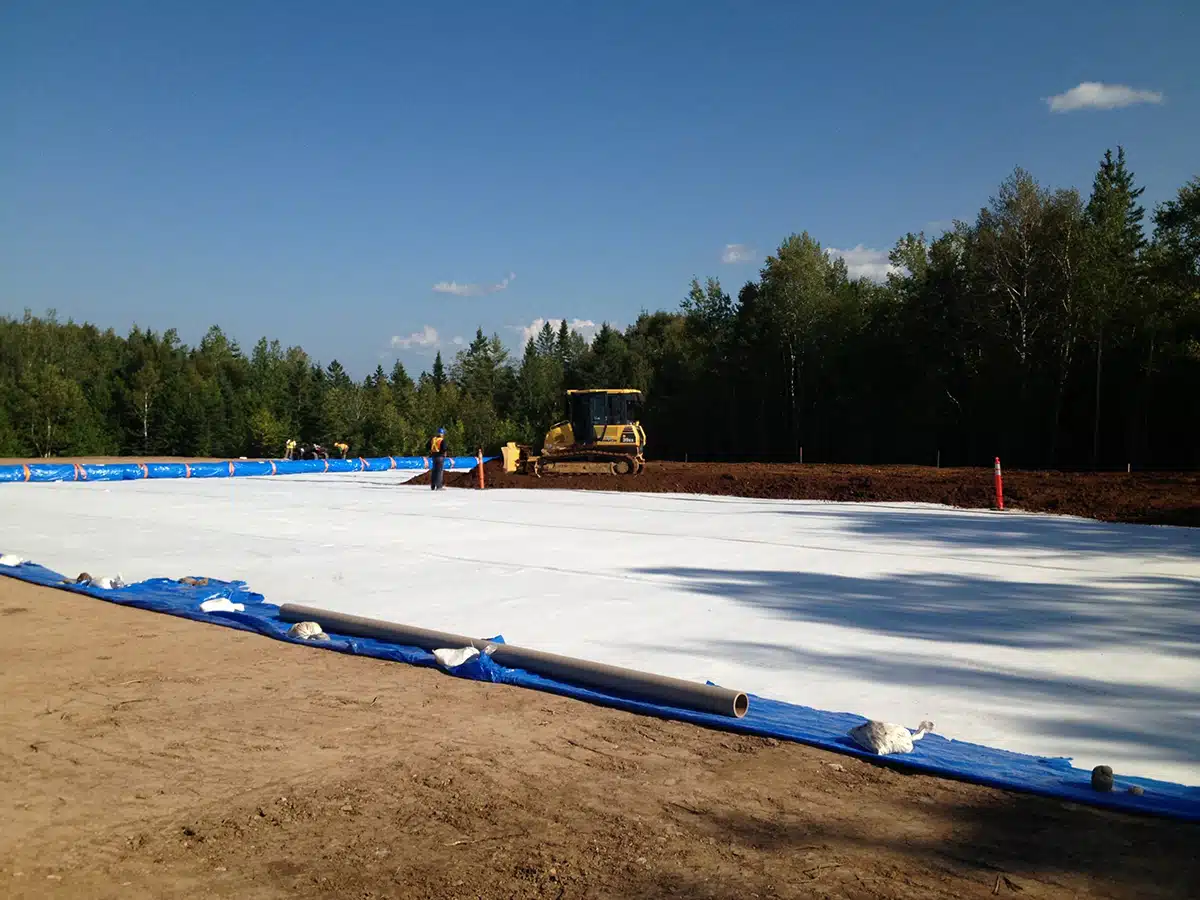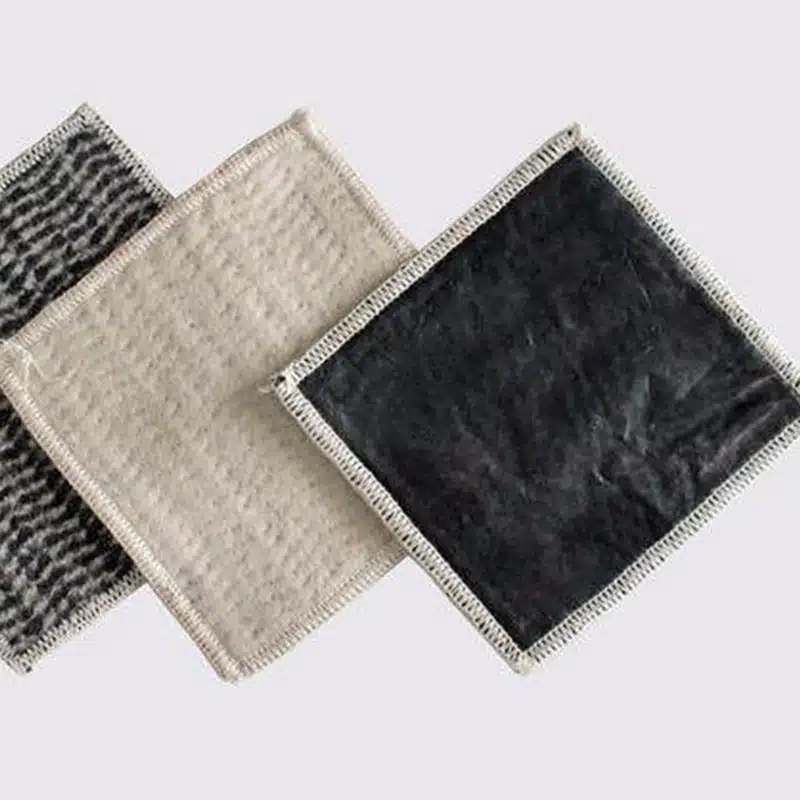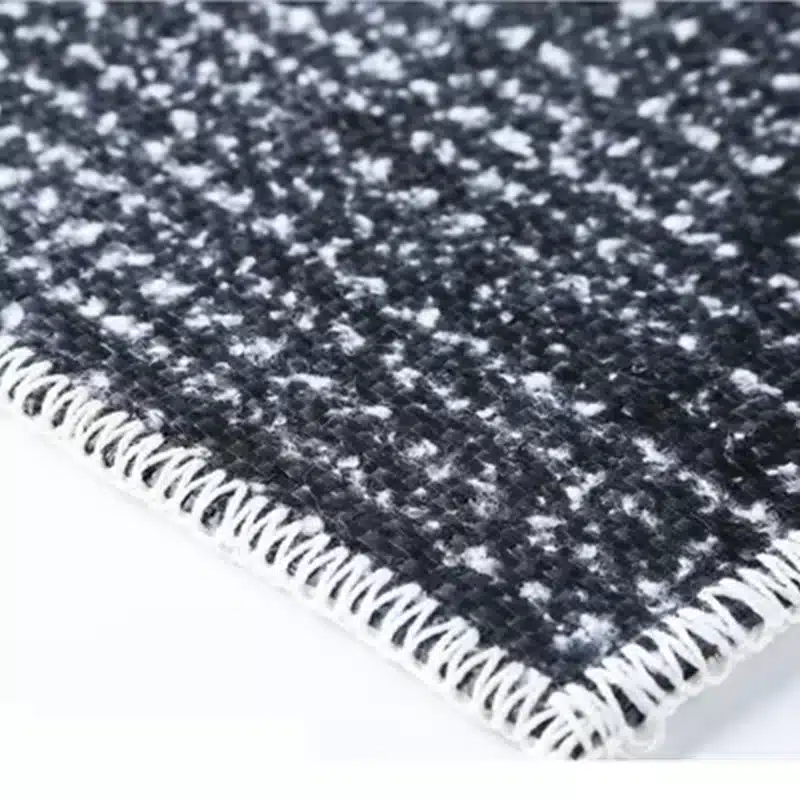+86-159 9860 6917
info@geofantex.com
geofantex@gmail.com
+86-400-8266163-44899
Geosynthetics are a group of synthetic materials used in civil engineering, environmental protection, and construction projects worldwide. These materials, including geotextiles, geomembranes, geogrids, and more, offer specialized properties that reinforce soil, provide erosion control, and improve drainage in various construction applications. From roads to landfills, geosynthetics play a crucial role in building durable, environmentally friendly structures.
What do you mean by geosynthetics?
Geosynthetics refers to a category of synthetic products designed specifically for use in geotechnical engineering applications. As man-made materials used to improve soil conditions, they encompass a wide range of polymeric types like geotextiles, geomembranes, geogrids, and geocomposites, all crafted to solve specific engineering challenges. These materials are highly durable, resistant to degradation, and capable of performing functions like separation, reinforcement, filtration, drainage, and containment. Geosynthetics provide practical solutions for projects that require soil stabilization, water containment, or erosion prevention.

What may geosynthetics be used for?
Geosynthetics have diverse applications across construction, environmental protection, and landscaping. They are widely used for soil stabilization, erosion control, and drainage systems, for filtration, separation, and water movement. In landfill design, geosynthetics form impermeable layers that prevent contaminants from seeping into groundwater. They are also instrumental in building retaining walls, reinforcing embankments, stabilizing slopes, and constructing foundations for roads, railways, and airfields. By improving the strength and longevity of these structures, geosynthetics help create sustainable and cost-effective infrastructure.
What is geosynthetics in the construction of roads?
In road construction, geosynthetics are used to strengthen the pavement structure, control erosion, and improve drainage. Geotextiles, a type of geosynthetic, are placed on the weak base floor before the geosynthetic granular substrate is placed, separating layers of soil to prevent mixing and help maintain a stable foundation. Geogrids are used for soil reinforcement, providing additional strength to support heavy traffic loads. Geocomposites enhance drainage by channeling water away from the road base, preventing the weakening of the substructure. By incorporating geosynthetics, engineers can reduce maintenance costs and extend the lifespan of roadways, even under high-stress conditions.
What is an example of a geosynthetic?
One common example of a geosynthetic is a geotextile. Geotextiles are fabric-like materials made from polyester or polypropylene, and they are used extensively in civil engineering. They come in woven and non-woven forms, each serving specific functions. Woven geotextiles provide soil stabilization and reinforcement, while non-woven geotextiles are often used for filtration and drainage. In addition to road construction, geotextiles play a crucial role in applications like heap leach mining liners, wastewater management, secondary tank containment, landfill leachate liners, and slope stabilization, making them an essential tool in modern engineering.
Geosynthetics are advanced synthetic materials that play a critical role in various construction and environmental applications. With a wide range of types, including geotextiles, geomembranes, and geogrids, geosynthetics offer solutions for soil reinforcement, drainage, erosion control, and water containment. Their use in road construction, landfill design, and soil stabilization exemplifies their importance in sustainable infrastructure. As technology advances, geosynthetics will continue to enable durable, eco-friendly engineering solutions across industries.



Get Free Sample
We’ll respond as soon as possible(within 12 hours)





















